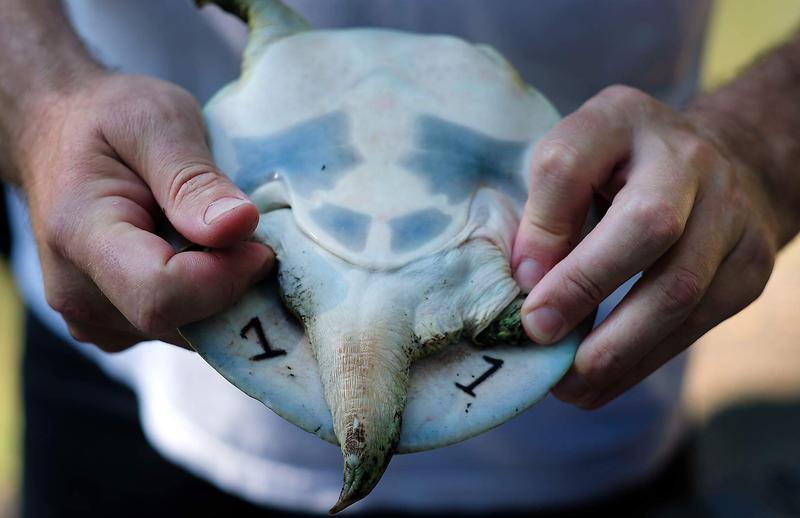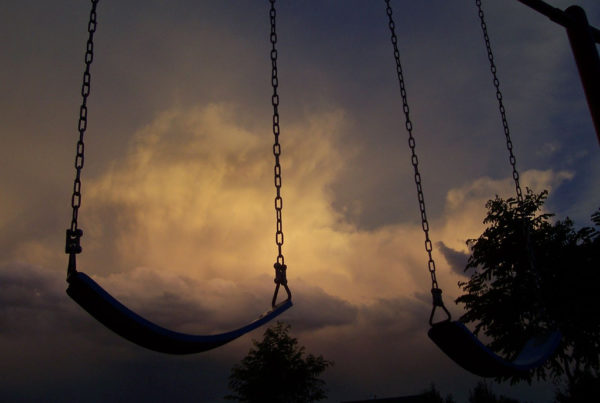An obsession can be dangerous. It can distract you from things that are important in life. But an obsession can also motivate you, to explore, discover and create.
For the last several days a group of men who share a singular obsession with turtles have been swimming in creeks and springs of Central Texas.
By the end of this story three guys get bitten by turtles, and a turtle gets a tattoo. But it begins with Andrew Walde, sitting at a picnic table in Texas and reflecting on his childhood in Northern Ontario, Canada.“I grew up in a turtleless world. Every time I traveled I got to see turtles, but never at home,” he says. “Here I am 20 years later, leading an international group doing turtle work all over the world.”
On this September day, turtle work has brought him to the County Line Bar-B-Q restaurant on Lake Austin. The restaurant sits along Bull Creek, a creek that’s teeming with turtles. Diners often get up from their barbecue, wander down to the dock and throw bread into the water to feed them.
Now, the turtles have attracted Walde and the group of self-described “turtle nerds.” Their mission: to tag and microchip as many of the turtles as they can to track the local population.
“Our goal is long-term monitoring of species that are perceived to be abundant,” says Eric Munscher, head of the North American Freshwater Turtle Research Group, a division of the Survival Alliance.
Carl Franklin, a herpetologist from UT-Arlington who has come down to help, has a different spin on it.
“I’m going to go out on a limb and say that science is a nice crutch for a bunch of useless SOBs to get out and have fun on a workday,” he says.
While Munscher stays on shore, Walde, Franklin and others put on snorkels to scour the creek for turtles. Walde is the first one to get snapped.
“He took a chunk out of me!” he laughs as he hauls a mesh bag full of turtles to the dock.
The divers haul in massive amounts of turtles in from the creek, pouring them into buckets, coolers and little blue recycling bins. The idea is to return here over time to see how the turtle population changes.
















